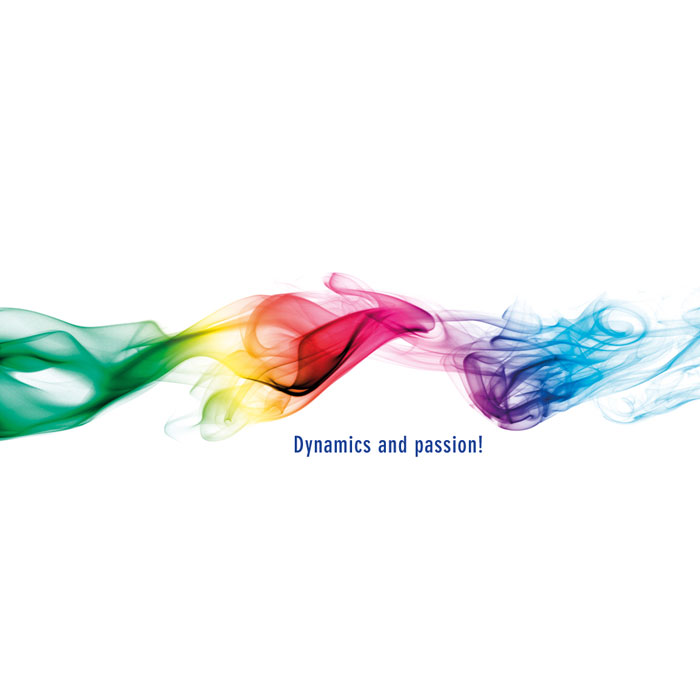- English
- Español
- Português
- русский
- Français
- 日本語
- Deutsch
- tiếng Việt
- Italiano
- Nederlands
- ภาษาไทย
- Polski
- 한국어
- Svenska
- magyar
- Malay
- বাংলা ভাষার
- Dansk
- Suomi
- हिन्दी
- Pilipino
- Türkçe
- Gaeilge
- العربية
- Indonesia
- Norsk
- تمل
- český
- ελληνικά
- український
- Javanese
- فارسی
- தமிழ்
- తెలుగు
- नेपाली
- Burmese
- български
- ລາວ
- Latine
- Қазақша
- Euskal
- Azərbaycan
- Slovenský jazyk
- Македонски
- Lietuvos
- Eesti Keel
- Română
- Slovenski
- मराठी
- Srpski језик
Reasons why it is difficult to color PU pigments
2024-04-26
There are several reasons why PU pigments are difficult to color:
Chemical properties: Due to its chemical properties, PU pigments do not react well with the substrate, making coloring difficult. Some PU pigments may require specific substrates or additives to achieve good coloring results.
Viscosity problem: Viscosity that is too high or too low will affect the uniformity and applicability of coloring. If the viscosity of the pigment is too high, it will be difficult to apply evenly on the substrate; if the viscosity is too low, the fluidity of the pigment will be poor and difficult to control.
Color stability: Color instability during processing or curing can also lead to difficulty in coloring. For example, pigments may change when heated or exposed to UV light, affecting the final color result.
Substrate selection: Different types of PU substrates have different adsorption and reactivity to pigments. Improper selection of substrates will cause the pigments to fail to adhere or solidify evenly.
Process control: The control of process parameters such as temperature, humidity, and coating thickness during the coloring process may also affect the coloring effect of PU pigments. Poor process conditions can result in uneven curing of pigments or unstable colors.




